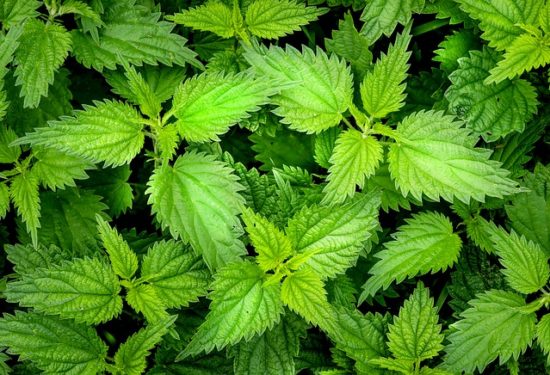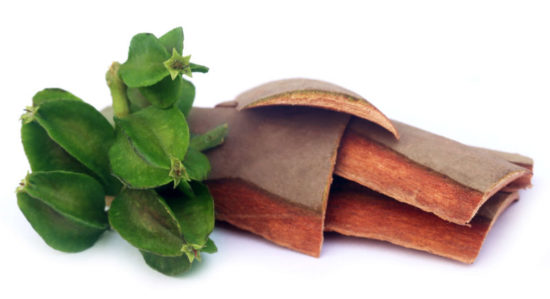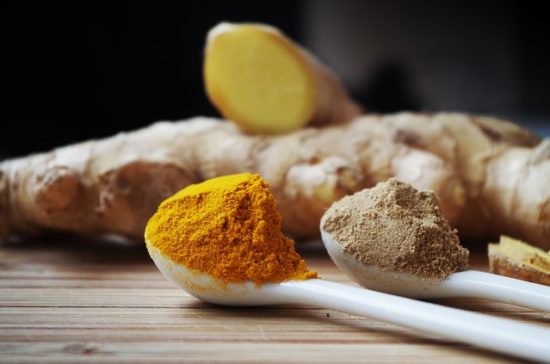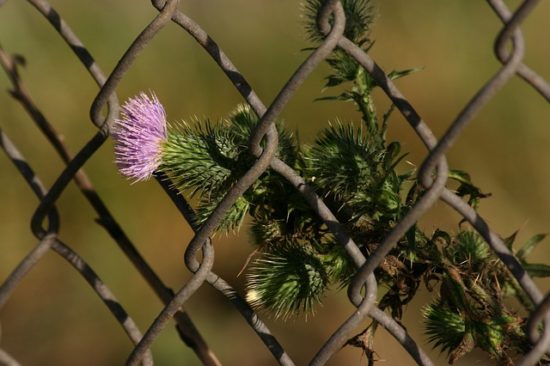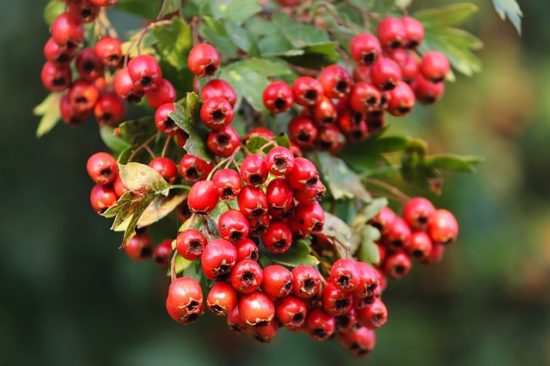Nettles: Using The Whole Plant
To gain confidence as an herbalist, Jim McDonald suggests picking just one or two herbs and focus on them completely– Grow them, eat them, read about them, make medicine with them, etc. If you really got to know, say, Peppermint and Chamomile, you could work with an enormous variety of health problems with those two…

